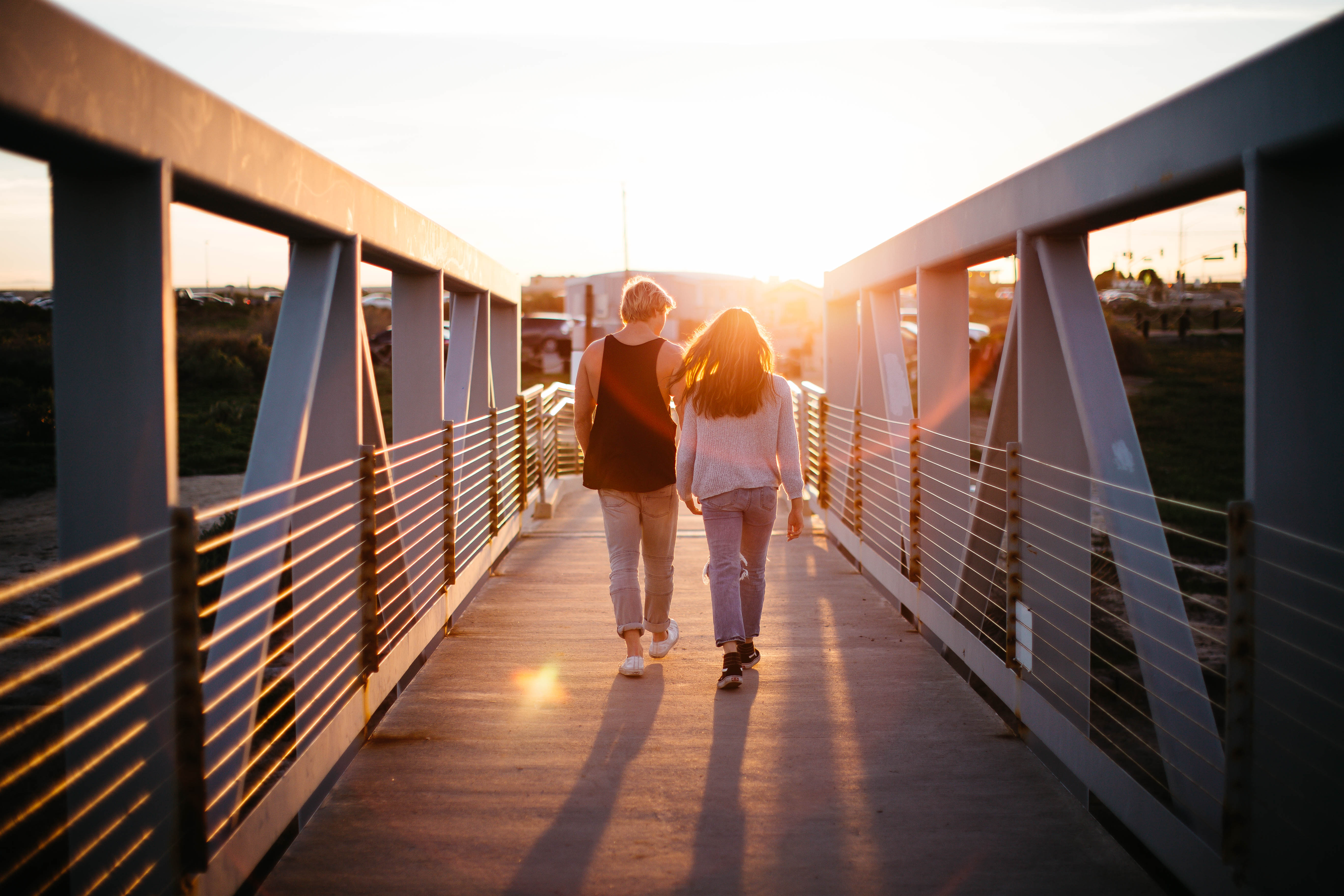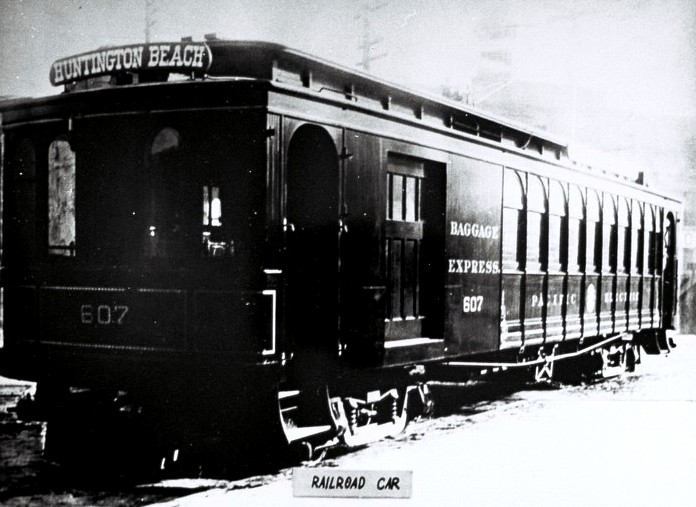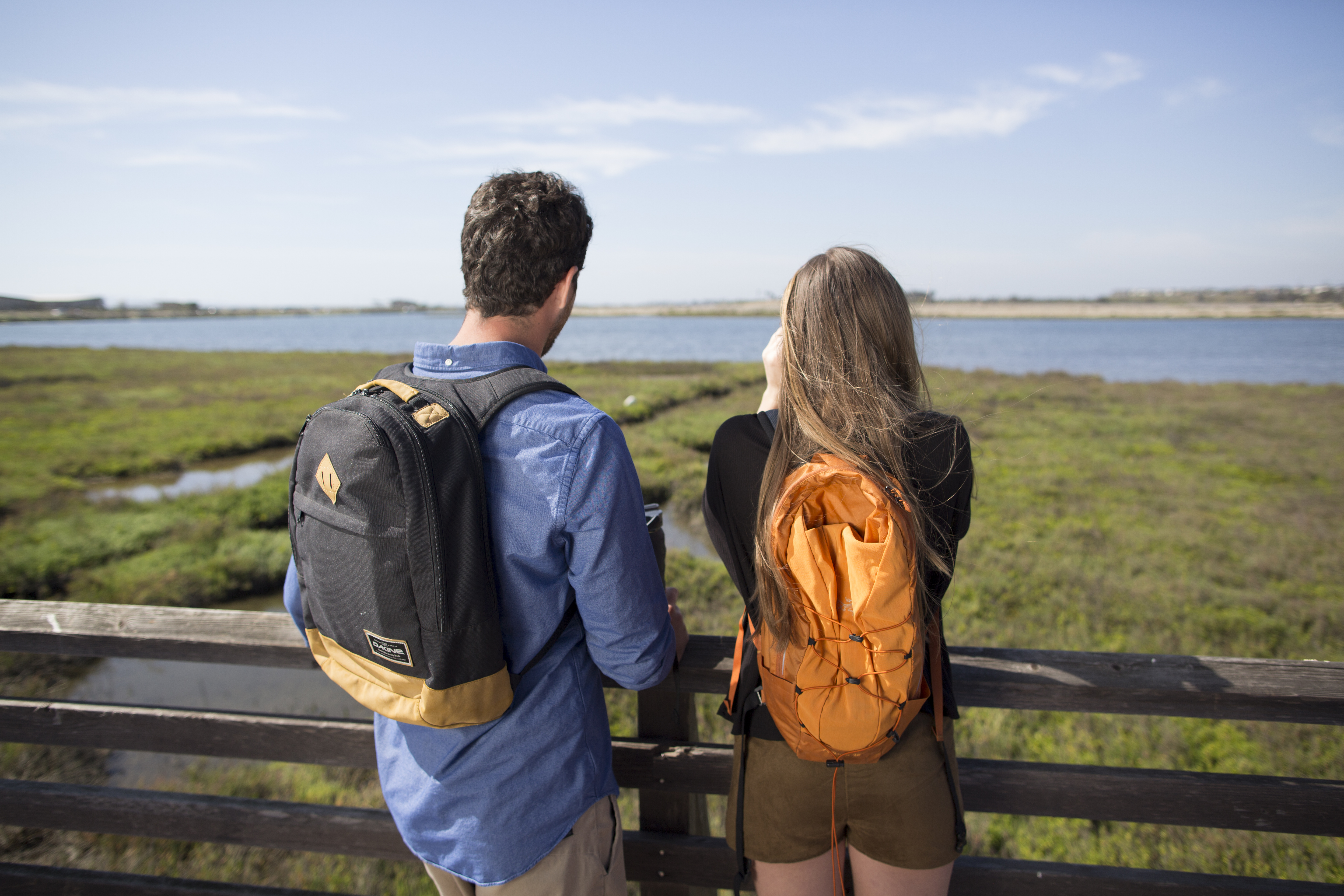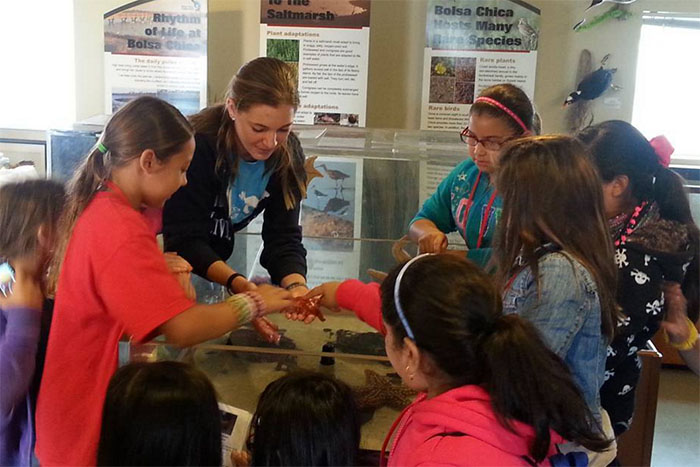Photo credits: Meeyak
The largest saltwater marsh between the Monterey Bay and the Tijuana River Estuary, the Bolsa Chica Ecological Reserve in Huntington Beach covers 1,400 acres of fresh and saltwater wetlands habitat, a boardwalk over the marsh, and five miles of easy trails through the lowlands and mesas. Over the years it’s become the happy place of birders, hikers, runners, and nature lovers alike. Let’s explore.

HISTORY
With more than 8,000 years of human history in Bolsa Chica, the area holds the memories of the first Californians, the Tongva. Throughout history it has preserved its natural habitats while embracing modern developments, like a Pacific Electric Railway “Red Car” stop, the Bolsa Chica Gun Club, and underground army bunkers during World War II. Nowadays, the pocket represents the culmination of a decades-long effort by activists who battled to protect the wetlands ecosystem from development.

HIKING, RUNNING, & NATURE LOVING
When visiting the reserve, explorers must note that dogs and bicycles are not permitted, and must stay on paths to protect sensitive nesting areas. Cameras and binoculars are welcome!
Enter at the Bolsa Chica Wetlands Interpretive Center (3842 Warner Avenue) or the Boardwalk Loop Trail (18000 Pacific Coast Highway) to hit the trails and take in the breathtaking natural scenery. Located along Warner Avenue near the corner of Pacific Coast Highway, the Interpretive Center serves as home base to the five miles of trails. For the Boardwalk Loop Trail, park at the south parking lot along Pacific Coast Highway across from the entrance to Bolsa Chica State Beach and walk the 1.5-mile loop trail along the boardwalk over the marsh, stopping to read the informational signage.

A stroll or jog along the dirt trails through the lowlands and mesas affords sightings of feathered friends like hawks and herons, furry inhabitants including coyotes and rabbits, scaly residents such as snakes and lizards, and marine life like fish, sharks, and rays.
Flora lovers can explore five major plant communities, including salt marsh, coastal strand/sand dune, coastal sage scrub, freshwater wetlands, and riparian woodland.

BIRDING
Birders flock here in hopes of spotting some of the more than 300 bird species known to the area, including great blue herons, western snowy plovers, ospreys, red-tailed hawks, and burrowing owls. The wetlands are an important migratory stop and nesting ground for our winged friends, and the best seasons for spotting are winter (November-February) and summer (April-August). Head over to the Bolsa Chica Conservancy website for a handy bird checklist (bolsachica.org/the-wetlands/bolsa-chica-bird-checklist).

LEARNING
Visit the kid-friendly Bolsa Chica Wetlands Interpretive Center (bolsachica.org) for lessons in the reserve’s ecology, native species, human history, and habitat restoration. The 1,400-square-foot space hosts educational talks and exhibits featuring live marine species and reptiles, different species of taxidermy, and interpretive panels.
Free public tours via the Interpretive Center are available on select weekends, through Amigos de Bolsa Chica (amigosdebolsachica.org) every first and last Saturday of each month, and the Bolsa Chica Land Trust (bclandtrust.org) every third Sunday of each month. Private tours are also available.
The Interpretive Center is located at 3842 Warner Avenue and is open daily from 9 a.m. to 4 p.m. Limited free parking is available at the Interpretive Center (north parking lot) and the south parking lot (18000 Pacific Coast Highway), and additional parking is available across Warner Avenue from the Interpretive Center near the Huntington Beach Fire Station.

Explore more of Surf City USA
Everything You Need To Know About Sunset Beach
Oct 04, 2018UPDATED OCTOBER 24, 2022 Reminiscent of a simpler era, Sunset Beach is the quintessential Southern… Read More
Activities to do in Huntington Beach Harbour
Jan 16, 2018UPDATED DECEMBER 27, 2022 Want to glide through the ocean, breathe in the salt air, get up close to… Read More



